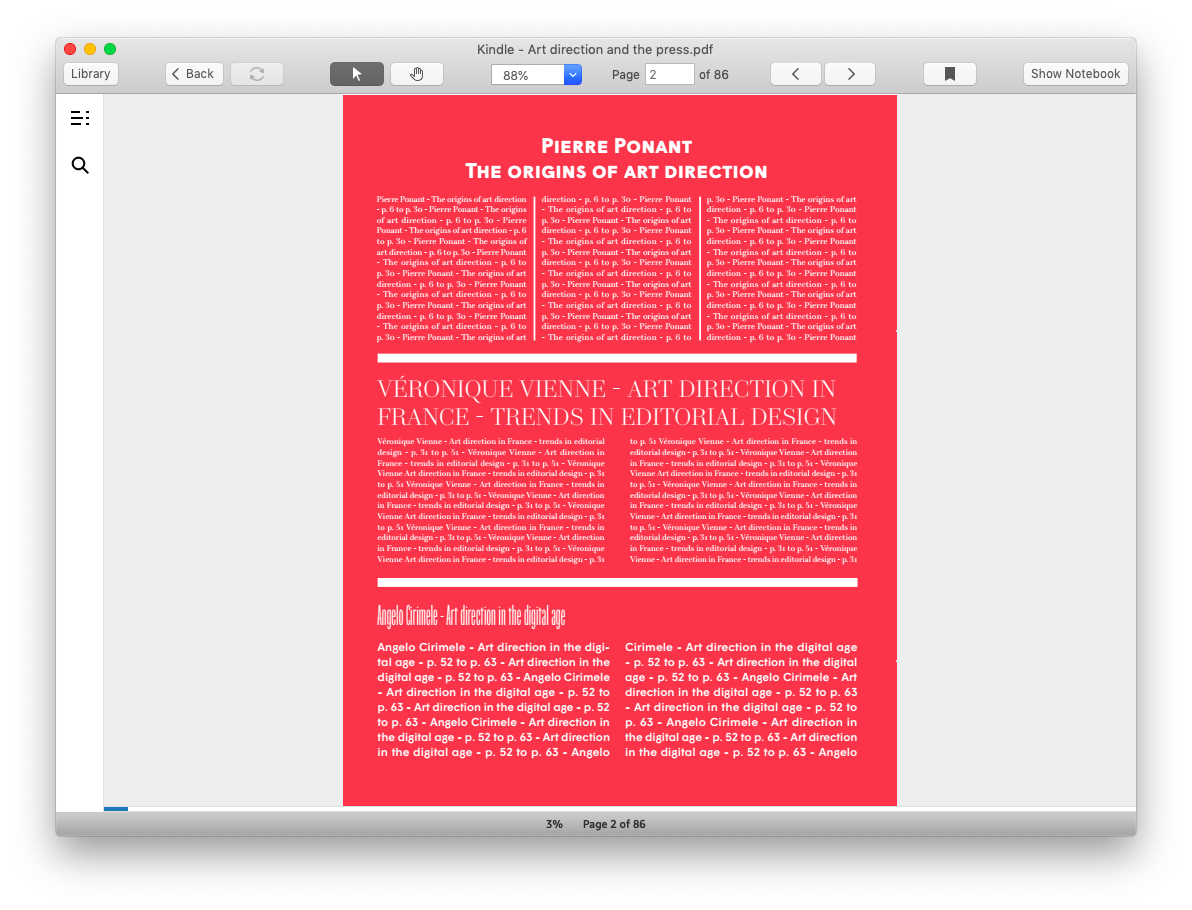

This may have been tricky to implement, as it always reset itself if the app slept or you switched to another app and back again. And Kindle used to control system brightness, only with an added bottom end that kicked in with its faux-dimming. As I remember it, iBooks used to dim the backlight further than it could go in any other way. Previous version of both apps have done things differently. This is annoying, but it does mean that you can get the perceived brightness down way lower than you can with iBooks: great for reading in bed in pitch darkness.
#Show kindle books in ibooks full#
This doesn’t affect standard interface elements, though, so when you pop over the fonts panel, say, it appears at full brightness. Instead, it changes the color of the on-screen images to appear darker and of lower contrast. That is, it doesn’t adjust the actual screen backlight at all.
#Show kindle books in ibooks update#
Kindle - in the latest update - now only fake-dims the screen. Kindle adds its own dark mask on top of that, to good effect.

iBooks’ dimming doesn’t show up in screenshots as it uses the system brightness controls. Currently, iBooks just gives you a slider which will control the regular system brightness, just as you could if you double-tapped the home button and did it from there. In-app brightness adjustment seems to be a moving target, so often does it change. This avoids activating the selection loupe (bonus tip: this also works in the Mr. The best way is to plant it on a bit of blank page between paragraphs and then slide it into position. And iBooks can still be a little skittish about where you put your thumb. The Kindle app won’t do this: it insists on highlighting the words under your thumb. Thus, if you have planted your right thumb in the middle of the screen to hold you iPad mini one-handed, you can (after a short pause) use your other hand to swipe between pages. To complement this scrolling feature (although it works just as well with pages) is what I like to call “Thumb Ignorance.” It works in many apps, and means that iOS ignores any fingers you use to hold the device. After all, why bother with pages at all? They’re just a relic of paper books. This works great on the iPad mini, and makes reading seamless. In Kindle, I use either “publisher font” (which is a mystery-meat typeface that sometimes appears) or Palatino.īut iBooks’ secret weapon is scrolling, which does away with pages altogether (well, almost - the page number readout still works) and replaces them with one long scrolling page, just like the web. I prefer Charter in iBooks on the Retina iPad, but the same font seems too heavy on the iPad mini (where I use Iowan). All the screenshots here use Palatino for a fair comparison, but the your choice will depend on your own taste, and on the device you’re using.
Both apps contain Palatino and Georgia, but otherwise they have their own lists. The font choice in iBooks is bigger and more varied. Fonts iBooks has more fonts, but Kindle has more ugly chrome. For me, iBooks wins here with slightly looser spacing. Neither app lets you change line spacing (although the hardware Kindle does). As these are the issues in typography most likely to cause a fistfight, they’re good options to have.

And iBooks will let you switch justification on and off (justification is where words are stretched to fill a line, making sure the edges of the text are always neat on both sides), and toggle auto-hyphenation.


 0 kommentar(er)
0 kommentar(er)
